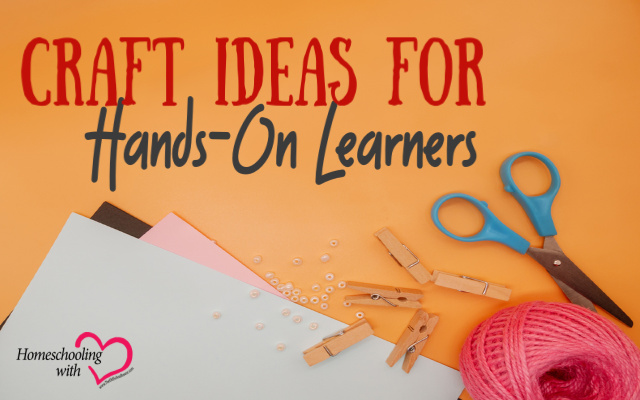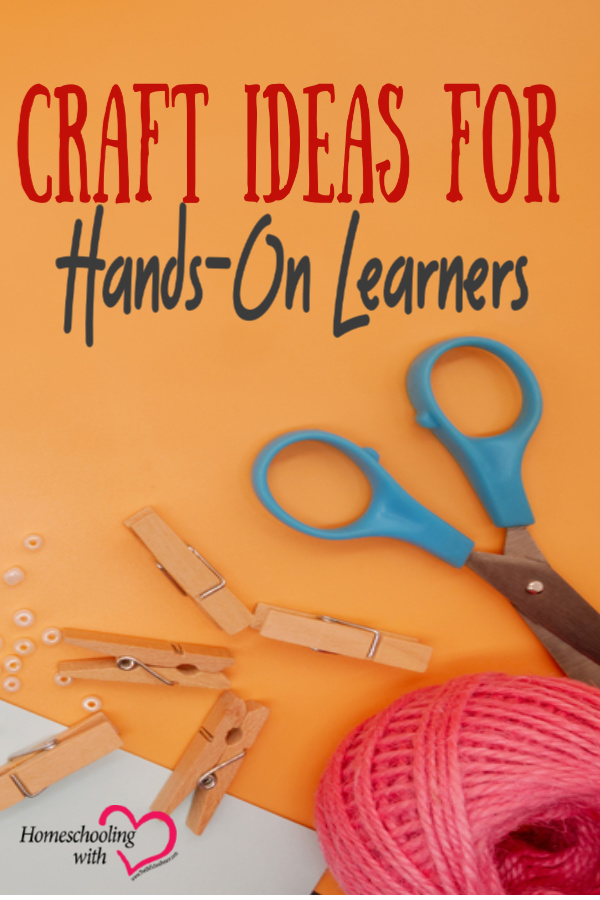Craft Ideas for Hands-On Learners


Grab the glitter and the glue, the paper and the pipe cleaners, the rulers and the markers—it’s National Craft Month! Crafts offer a variety of hands-on learning opportunities for kids. Many crafts involve measuring, designing, problem-solving, and other skills—plus children have fun doing it and can admire their work when they’re done.
Here are some craft ideas for hands-on learning to get you started.
Bath Bombs:
Bath bombs are quick and easy to make at home and offer several learning opportunities. Children need to measure ingredients, and learn about volume and fractions. They can mix various colours to find the perfect shade for their bath bombs. Finally, the chemical reaction in the tub is fun to observe!
Discussion ideas:
- All the ingredients in bath bombs are white powders, yet each has different properties and ways of reacting to water. Put a tablespoon of each powder into water on its own and see how it reacts; compare that to how the finished bath bombs react to water.
- Play with your bath bomb recipe to see how it affects the finished product. What happens if you add more or less of various ingredients? Does the bath bomb stick together? Does it fizz more or less?
- What colours can you make your bath bombs? Most food colouring sets come in the basic colours, so discuss colour mixing to achieve the right hues for your child’s bath bombs. (My oldest daughter likes purple, which is a difficult colour to make!)
Hint: younger children may find it easier to make bath salts, which don’t have to be molded like bath bombs.
Bird Feeder:
Bird feeders can be made from a variety of materials. Children can research local birds and what they eat to help them decide what sort of bird feeder to make. Materials for bird feeders can include popsicle sticks, plastic containers, etc.
Once your child’s birdfeeder is made, have them observe what birds come to the birdfeeder and what they eat, and even start a birdwatching log.
Discussion ideas:
- What sorts of materials will make a sturdy birdfeeder that will hold the right feed for the birds, and support the bird while it’s eating?
- How could you attract other types of birds to your birdfeeder?
- What’s the best season for feeding birds?

Calendar:
A calendar is a great way to teach children about seasons and dates. Children of all ages will love creating their own calendars. They can create their own pictures for the calendar or use artwork they’ve already drawn. Add family birthdays and other special events to the calendar. Have children cross off each day as they finish it. They could also call relatives whose birthdays are approaching, or make a birthday card to send.
Discussion ideas:
- What’s the longest month? What’s the shortest month?
- Where did the names of the months and weekdays come from?
- What’s your favourite season or holiday on the calendar?
Crafty Learning
I like keeping a few basic craft supplies on hand. When the girls come up with a craft idea, then we’re ready to start creating. This encourages children’s natural curiosity and creativity, helping to foster a love of learning. For more craft ideas, check out my list of useful kids’ crafts. We also really like Usborne’s Big Book of Science Things to Make and Do and other craft books.
Do you use crafts and hands-on projects in your homeschool?
Bonnie Way is a stay-at-home mom with five children ages 11 to 1. She has a Bachelor of Arts degree in English with a history minor and loves reading historical fiction. Bonnie enjoys downhill skiing in the winter and biking with her kids in the summer. When she’s not homeschooling, she can be found blogging as the Koala Mom.










































